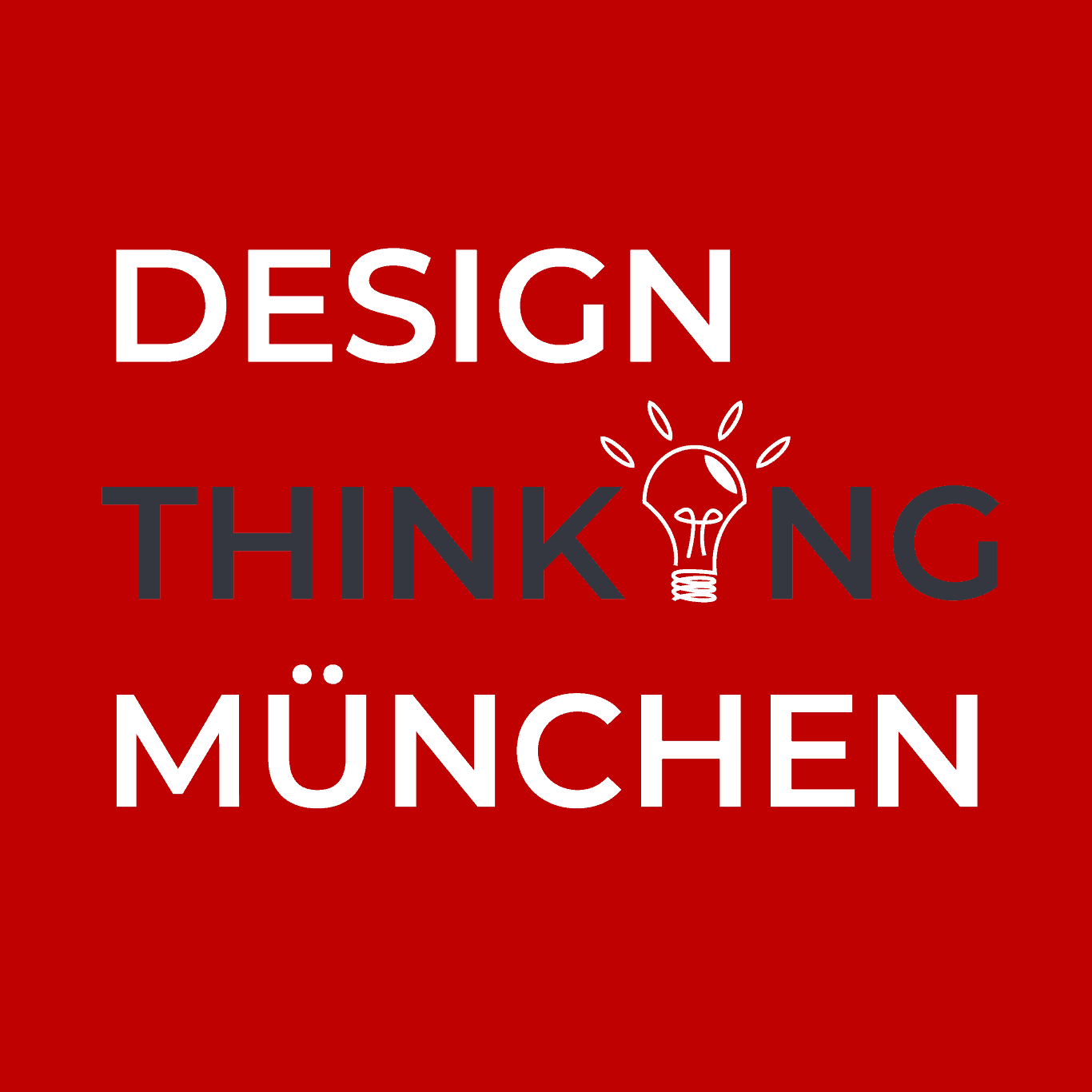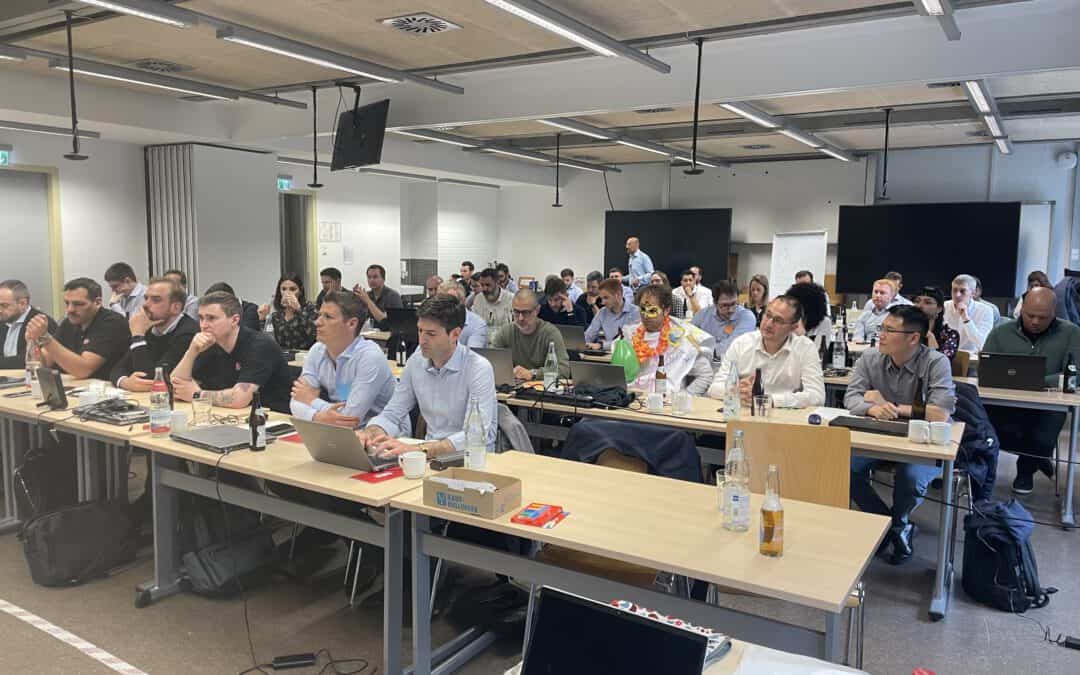Design Thinking Munich proudly hosted a four-hour workshop on Design Thinking and Prototyping, which took place as part of the Executive MBA program at the TUM School of Management.
International Collaboration in the Innovation Hub
We welcomed 46 participants from the Executive MBA program at the University of Bologna, who traveled to Munich specifically for this workshop. The delegation was led by Prof. Dr. Maurizio Sobrero, Professor of Technology and Innovation Management at the University of Bologna, and was invited by Prof. Dr. Gunther Friedl, Dean of the TUM School of Management.
A Structured Start to the Design Thinking Process
The afternoon began with a brief warm-up and an introduction to the Design Thinking methodology. Through videos and slides, we conveyed the essential principles and general process of Design Thinking. The anticipation and curiosity were palpable as the teams embarked on their first challenge.
Teamwork as the Key to Success
To ensure productive collaboration, we divided participants into nine multidisciplinary teams, each consisting of four people. We placed particular emphasis on interdisciplinary mixing when forming the teams: Each group included one person from the fields of engineering, finance, operations, and marketing or customer service. This multidisciplinarity forms the perfect basis for creative solutions and innovative ideas.
The Design Thinking Process in Detail
Our workshop guided participants through the entire Design Thinking process, structured into three key steps:
- Understanding the Target Audience & Developing Empathy:
– Methods: Empathy Map, As-Is Scenario
– Goal: The aim was to gain a deep understanding of the target audience’s needs and challenges. With the help of the Empathy Map and the analysis of the current state, teams put themselves in the shoes of their target audience and developed a well-founded understanding of the problem.
- Developing & Prioritizing Ideas:
– Methods: Brainstorming, Idea Tower, Leap to the Year 2050
– Goal: This phase called for boundless creativity. Through various techniques such as brainstorming and the idea tower, numerous ideas were generated. The „Leap to the Year 2050“ helped in developing visionary and future-proof concepts. Ultimately, the ideas had to be prioritized and evaluated to filter out the most promising approaches.
- Building Prototypes:
– Goal: Finally, the best ideas were turned into tangible prototypes. Participants designed and built models to illustrate their solutions and test their feasibility. This phase was particularly exciting and educational, as abstract ideas took shape and encountered practical challenges.
Prototype Exhibition and Collegial Feedback
A highlight of the workshop was the final prototype exhibition. Each team presented their developments, strengthened by their creative and detailed implementations. Other participants had the opportunity to provide feedback. This joint reflection enabled teams to refine their approaches further and implement new ideas.
The Road to the successful Start-Up Challenge
The main goal of the workshop was to familiarize participants with the Design Thinking methodology so they could immediately apply it during the upcoming „Start-Up Challenge.“ The skills and new perspectives gained from the workshop were intended to serve as valuable tools for students to develop creative and innovative solutions during the competition phase. This intensive workshop was not just a theoretical exercise; it required active, hands-on engagement from each participant.


Neueste Kommentare